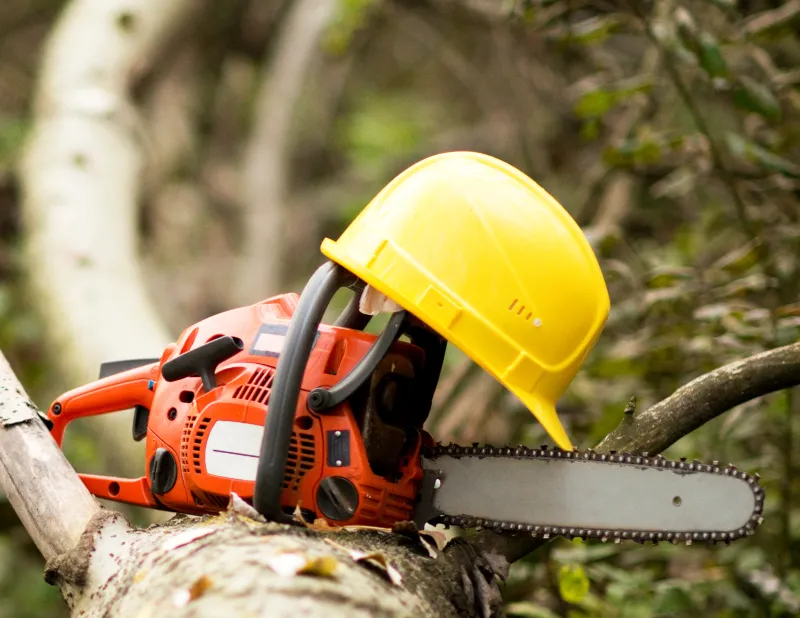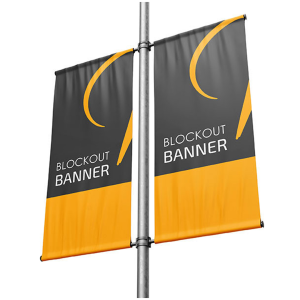How to Choose the Best Chain for Your Chainsaw A Complete Guide

Choosing the best chain for a chainsaw can seem daunting, especially with the multitude of options available. Whether you’re a professional logger, a DIY enthusiast, or someone who occasionally needs to clear branches or cut firewood, the right chain is crucial for efficiency and safety. In this comprehensive guide, we’ll explore everything you need to know to make an informed decision, from the types of chains to maintenance tips and buying considerations.
Why the Right Chainsaw Chain Matters
The chainsaw chain is the part of the tool that does the actual cutting, and its quality directly affects the performance of your chainsaw. A well-chosen chain can:
- Enhance cutting efficiency.
- Reduce wear on the chainsaw motor.
- Improve safety by reducing the risk of kickback.
- Make your work faster and more enjoyable.
Let’s dive into the key factors to consider when selecting the best chain for your chainsaw.
Types of Chainsaw Chains
There are several types of chainsaw chains, each designed for different cutting needs. Understanding these types will help you choose the best chain for your chainsaw.
- Full Chisel Chains
- Design: These chains have square-cornered teeth that cut through wood aggressively.
- Best For: Professionals or experienced users cutting hardwood and large logs.
- Pros: Fast cutting speed.
- Cons: Higher kickback risk and requires frequent sharpening.
- Semi-Chisel Chains
- Design: Rounded-cornered teeth that are more forgiving.
- Best For: Cutting softwood, dry wood, and for users who need a versatile chain.
- Pros: Lower kickback risk and stays sharp longer.
- Cons: Slightly slower cutting speed compared to full chisel chains.
- Low-Profile Chains
- Design: Low-profile chains have smaller, less aggressive teeth.
- Best For: Casual users, beginners, and those using smaller chainsaws.
- Pros: Reduced kickback risk, easier to handle.
- Cons: Not suitable for heavy-duty cutting.
- Ripping Chains
- Design: Specially designed for cutting parallel to the wood grain.
- Best For: Milling and ripping logs into planks.
- Pros: Smooth cutting for milling.
- Cons: Not suitable for cross-cutting.
Important Features to Consider
When choosing the best chain for a chainsaw, several factors must be considered to ensure compatibility and performance.
- Chain Pitch
- The pitch of the chain refers to the distance between the chain links. Common sizes are 1/4″, .325″, 3/8″, and .404″. Make sure the pitch matches your chainsaw’s guide bar and sprocket.
- Gauge
- Gauge refers to the thickness of the drive links that fit into the guide bar. Common gauges are .043″, .050″, .058″, and .063″. Using the wrong gauge can damage your chainsaw.
- Number of Drive Links
- The number of drive links in the chain must match the guide bar length. This ensures the chain fits properly around the guide bar and sprocket.
- Compatibility
- Not all chains are compatible with all chainsaws. Check your chainsaw’s manual for the recommended chain specifications.
Top Brands to Consider
When looking for the best chain for a chainsaw, certain brands stand out for their quality and reliability.
- Oregon
- Known for their durability and precision, Oregon chains are favored by both professionals and casual users.
- Stihl
- Stihl chains are renowned for their longevity and cutting efficiency, making them a top choice for heavy-duty tasks.
- Husqvarna
- Husqvarna offers a range of high-quality chains suitable for various cutting needs, from light pruning to heavy logging.
- Carlton
- Carlton chains are known for their affordability and performance, making them a great option for those on a budget.
How to Maintain Your Chainsaw Chain
To get the most out of the best chain for your chainsaw, proper maintenance is essential. Here are some tips to keep your chain in top condition:
- Regular Sharpening
- Use a chainsaw file to sharpen the chain regularly. A sharp chain cuts more efficiently and reduces wear on the chainsaw.
- Proper Tensioning
- Ensure the chain is tensioned correctly. A loose chain can come off the guide bar, while an overly tight chain can cause excessive wear.
- Lubrication
- Keep the chain lubricated to reduce friction and prevent overheating. Check the oil reservoir regularly and use high-quality bar and chain oil.
- Cleaning
- After each use, clean the chain to remove sawdust, sap, and debris. This helps maintain cutting performance and prolongs the chain’s life.
Safety Tips When Using Chainsaw Chains
Safety should always be a top priority when using a chainsaw. Here are some tips to stay safe while using the best chain for your chainsaw:
- Wear Protective Gear
- Always wear safety glasses, gloves, ear protection, and chainsaw chaps to protect yourself from potential injuries.
- Check for Kickback Risks
- Be aware of the potential for kickback, especially when using full chisel chains. Avoid cutting with the tip of the chainsaw bar.
- Inspect the Chain Before Use
- Check the chain for damage or excessive wear before each use. Replace the chain if necessary.
- Avoid Contact with the Ground
- Hitting the ground or rocks with the chain can dull it quickly. Be mindful of your cutting environment.
How to Choose the Right Chain for Specific Tasks
Choosing the best chain for a chainsaw also depends on the tasks you need to accomplish. Here’s a quick guide to help you match the chain to the job:
- For Felling Trees
- Use a full chisel or semi-chisel chain for fast, efficient cuts. Full chisel chains are ideal for professionals, while semi-chisel chains offer a good balance for most users.
- For Pruning and Trimming
- A low-profile or semi-chisel chain is best for light pruning and trimming. These chains are safer and easier to control.
- For Milling and Ripping
- Use a ripping chain for smooth, parallel cuts along the wood grain. This type of chain is essential for turning logs into planks.
- For Cutting Firewood
- A semi-chisel chain is versatile and efficient for cutting firewood. It stays sharp longer and handles both hard and softwood well.
How to Replace a Chainsaw Chain
Replacing the chain on your chainsaw is a straightforward process, but it’s important to follow the correct steps to ensure safety and proper fit.
- Turn Off the Chainsaw
- Make sure the chainsaw is turned off and the spark plug is disconnected to prevent accidental starting.
- Remove the Old Chain
- Remove the guide bar cover, and carefully take off the old chain. Wear gloves to protect your hands from sharp teeth.
- Install the New Chain
- Place the new chain over the guide bar, ensuring the teeth face the correct direction. Fit the chain around the sprocket and adjust the tension.
- Tighten the Chain
- Adjust the tension so the chain fits snugly against the guide bar but can still be moved by hand.
- Test the Chain
- Before using the chainsaw, test the chain by turning it manually. Make sure it moves smoothly and is properly tensioned.
Common Mistakes to Avoid
When choosing and maintaining the best chain for a chainsaw, avoid these common mistakes:
- Using the Wrong Chain for the Job
- Don’t use a full chisel chain for small pruning tasks or a low-profile chain for heavy-duty cutting. Match the chain to the job.
- Ignoring Maintenance
- A poorly maintained chain can be dangerous and inefficient. Sharpen and lubricate the chain regularly.
- Over-Tightening the Chain
- An overly tight chain can damage the guide bar and sprocket. Follow the manufacturer’s recommendations for proper tensioning.
- Not Wearing Safety Gear
- Always wear the appropriate protective gear when using a chainsaw, regardless of the task’s size.
Conclusion
Selecting the best chain for a chainsaw involves understanding the different types of chains, their uses, and proper maintenance practices. By choosing the right chain and taking good care of it, you can ensure your chainsaw performs at its best, making your cutting tasks easier, safer, and more efficient.
When purchasing a chainsaw chain, consider your specific needs, the compatibility with your chainsaw, and trusted brands like Oregon, Stihl, Husqvarna, and Carlton. With the right chain, you’ll be well-equipped to tackle any cutting task, from felling trees to trimming branches.





